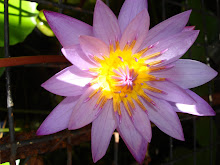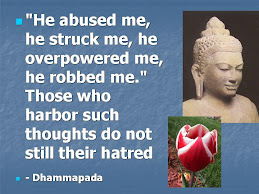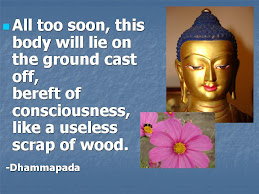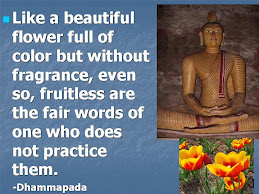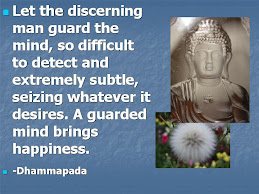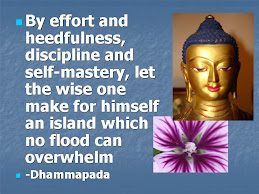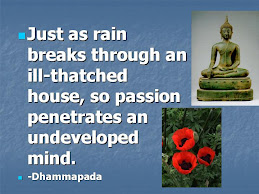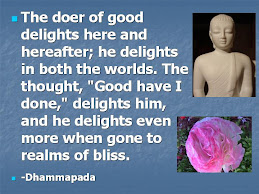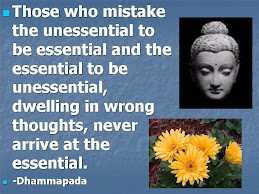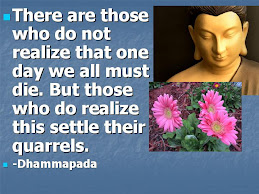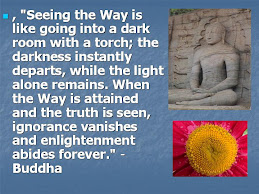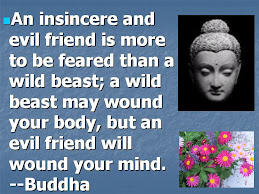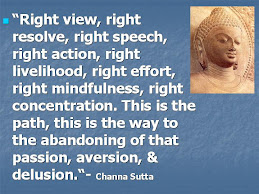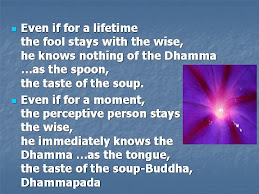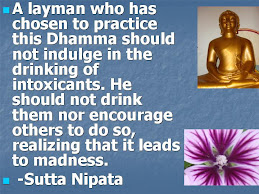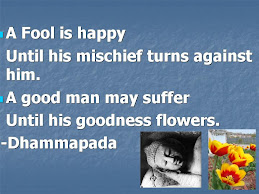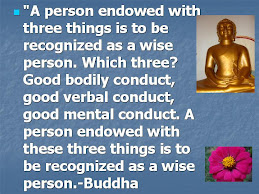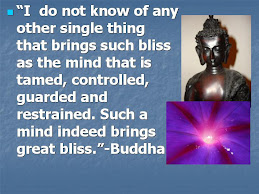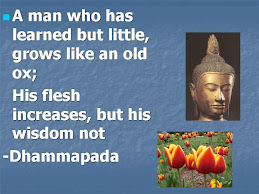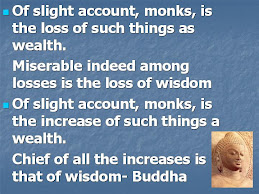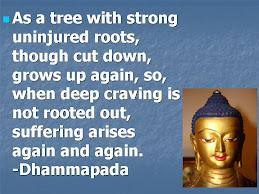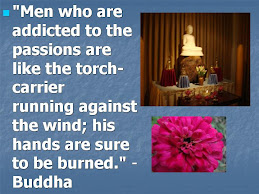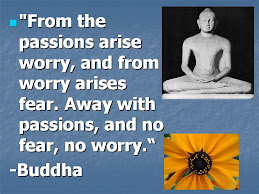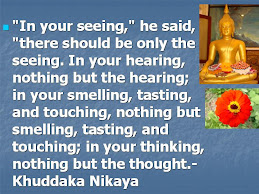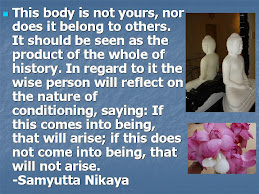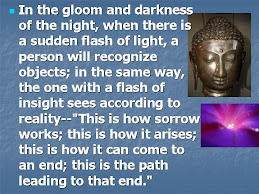
Tuesday, November 29, 2011
When you dislike a person you only dislike your own feelings.

Tuesday, November 22, 2011
Is there free will or determinism ? The answer is neither


Saturday, November 19, 2011
There is no separate entity called the subconscious mind.

Tuesday, November 15, 2011
Saturday, November 12, 2011
Thursday, November 10, 2011
The five aggregates: They are all activities of the mind

Monday, October 17, 2011
Friday, October 7, 2011
How the cross-fertilization of Classical Enlightenment and the Modern Mind could radically alter the course of human history.
Shinzen Young's opening keynote speech from the Buddhist Geeks Conference 2011.
Towards a Science of Enlightenment from Buddhist Geeks on Vimeo.
Thursday, September 29, 2011
How to fix your mind?

If your car is broken you cannot fix it unless you know how it works. To know how it works you need to stop the car first, examine and then learn. Working with the mind is the similar to this. You cannot fix your mind (to get rid of greed, hatred and delusion) unless you know how it works. This knowledge or wisdom comes from insight meditation. Stopping the car can be compared breath meditation. This is how you still (concentration) your mind.
Monday, September 26, 2011
What Science Can Teach Us About Practice: The Neuroscience of Mindfulness
http://youtu.be/jMsatDwx07o
Wednesday, September 21, 2011
How smell rules your life

The unsung sense: How smell rules your life - life - 19 September 2011 - New Scientist
Here is an extract from my model...
"...Sense consciousness from eye, ear,nose, tongue, body end up in the mind as a mental object..."To read more on this post follow this link:
http://wisdomthroughmindfulness.blogspot.com/2010/11/how-mind-works-revised-model.html
Sunday, September 18, 2011
Just as when a carpenter...

"Just as when a carpenter or carpenter's apprentice sees the marks of his fingers or thumb on the handle of his adze but does not know, 'Today my adze handle wore down this much, or yesterday it wore down that much, or the day before yesterday it wore down this much,' still he knows it is worn through when it is worn through. In the same way, when a monk dwells devoting himself to development*, he does not know, 'Today my Taints (effluents) wore down this much, or yesterday they wore down that much, or the day before yesterday they wore down this much,' still he knows they are worn through when they are worn through."
Sunday, August 28, 2011
What are Taints or Fermentations (Asava) of the mind? How do they work? A Buddhist perspective


 Figure 3: Basic cognitive process that involves seeing an object. Although these figures (Figure 3,4 and 5) shows multiple cognitive series it is important to note that only one track is generated at a given time, triggered at a very rapid speed.
Figure 3: Basic cognitive process that involves seeing an object. Although these figures (Figure 3,4 and 5) shows multiple cognitive series it is important to note that only one track is generated at a given time, triggered at a very rapid speed.  Figure 4: When we look at the object there is intention and desire present. More craving and more taints arise. There is a proliferation of the cognitive tracks here. The inflow of thoughts to the mind with craving becomes the taints of the mind.
Figure 4: When we look at the object there is intention and desire present. More craving and more taints arise. There is a proliferation of the cognitive tracks here. The inflow of thoughts to the mind with craving becomes the taints of the mind.
4. Eliminating the taints
MN 2: Sabbāsava Sutta — All the Taints
table: Fetters, Latent Tendencies, and Influxes
MN 2: Sabbāsava Sutta —All the Taints
(continued)
MN 2: Sabbāsava Sutta —All the Taints
(continued)
MN 2: Sabbāsava Sutta —All the Taints
(continued)





